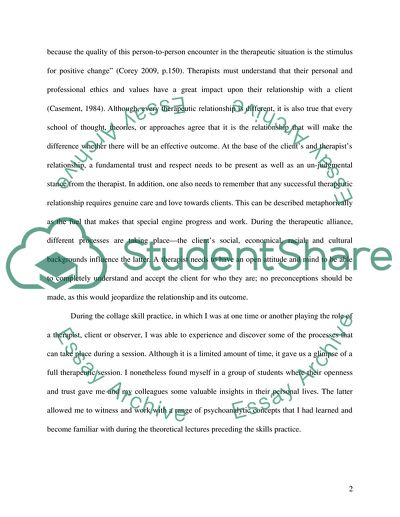Cite this document
(“The skill session Essay Example | Topics and Well Written Essays - 2500 words”, n.d.)
The skill session Essay Example | Topics and Well Written Essays - 2500 words. Retrieved from https://studentshare.org/health-sciences-medicine/1586775-reflective-skill-essay
The skill session Essay Example | Topics and Well Written Essays - 2500 words. Retrieved from https://studentshare.org/health-sciences-medicine/1586775-reflective-skill-essay
(The Skill Session Essay Example | Topics and Well Written Essays - 2500 Words)
The Skill Session Essay Example | Topics and Well Written Essays - 2500 Words. https://studentshare.org/health-sciences-medicine/1586775-reflective-skill-essay.
The Skill Session Essay Example | Topics and Well Written Essays - 2500 Words. https://studentshare.org/health-sciences-medicine/1586775-reflective-skill-essay.
“The Skill Session Essay Example | Topics and Well Written Essays - 2500 Words”, n.d. https://studentshare.org/health-sciences-medicine/1586775-reflective-skill-essay.


